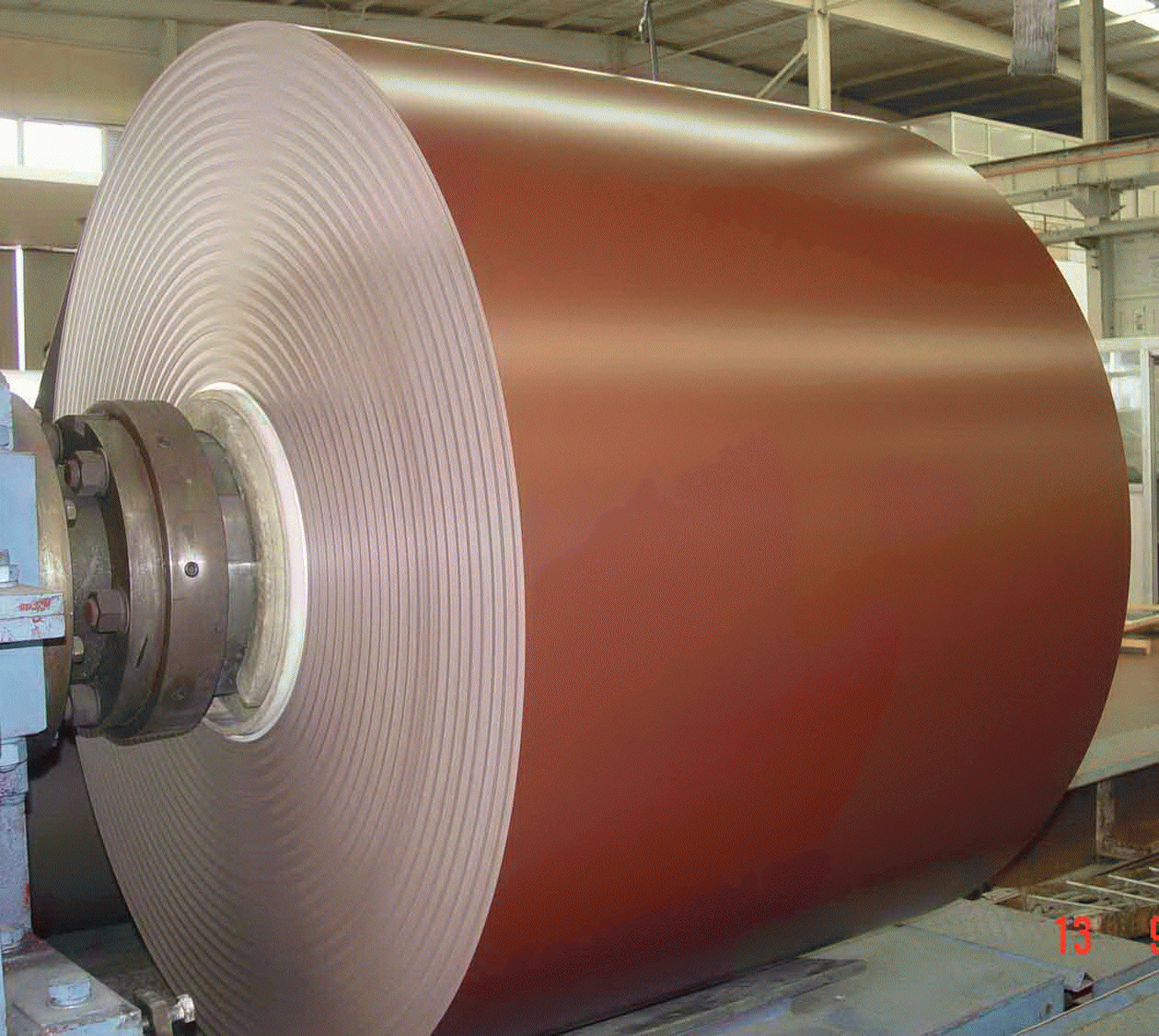Views: 334 Author: Julong Publish Time: 2023-03-31 Origin: aluminum panel systems manufacturer








The wholesale color-coated aluminum coil manufacturing method is relatively strict. Only color-coated metal coils require extensive treatment before coiling. How do you then evaluate the grade of the color-coated aluminum coil?
Physical testing is necessary to ensure that the paint has been properly applied and cured to work well during end-use.
Because coated aluminum coils must satisfy both aesthetic and performance standards, visual inspection is critical to validate the absence of unacceptable visual defects.
The thickness of the paint film is essential to its long-term performance. Low film thickness in primers can cause early corrosion or weak adhesion. Low film thicknesses in topcoats may cause early failure due to weathering.
One of the primary reasons for buying prepainted aluminum coils is the variety of bright colors available. Matching specified color standards is essential to the aesthetics of the final assembled product because customers frequently match prepainted metal to other components of a building.
The color must be consistent across the breadth of the strip and the various aluminum coils.
Paint formulation and quality, layer thickness, substrate color, curing temperature (PMT) and dwell time in the curing furnace, and even contamination from other paints can all have an impact on color.
Gloss consistency is essential for giving customers a consistent appearance. The finished product may include several coil-based components. The finished product will have a poor appearance and will not look good if the gloss level is not consistent.
Several tests are carried out to evaluate different aspects of adhesion, including T-bend, impact, and scratch tests. Because one of the primary benefits of the prepainted coil is that it can be formed after painting, these tests are critical to ensuring that the paint is not damaged or removed during later processing.
Paint formulation, film thickness, curing temperature (PMT), line speed, treatment quality, plain aluminum coil quality, and sanitation are all factors that influence adhesion.
The degree to which a material transitions from its initial state to its ultimate cured state is referred to as curing.
All filament coatings are baked, which causes two things to happen:
1) The paint solvent dissipates and burns in the afterburner.
2) Chemical reactions in the paint film combine resin molecules (polymerize or crosslink) to create a strong, crosslinked solid paint film.
There is no direct method to measure the degree of crosslinking in general. Comprehensive tests, such as MEK rub, pencil hardness, and adhesion, can indicate whether a coating is highlighted or reversed.
Uncured paint is soft and will not survive molding or weathering in its final application. Overcured paint becomes brittle and can crack during shaping or weathering.
To guarantee wholesale aluminum coil quality, Julong Industrial fully adheres to these standards. Please leave a note to let me know what you require.